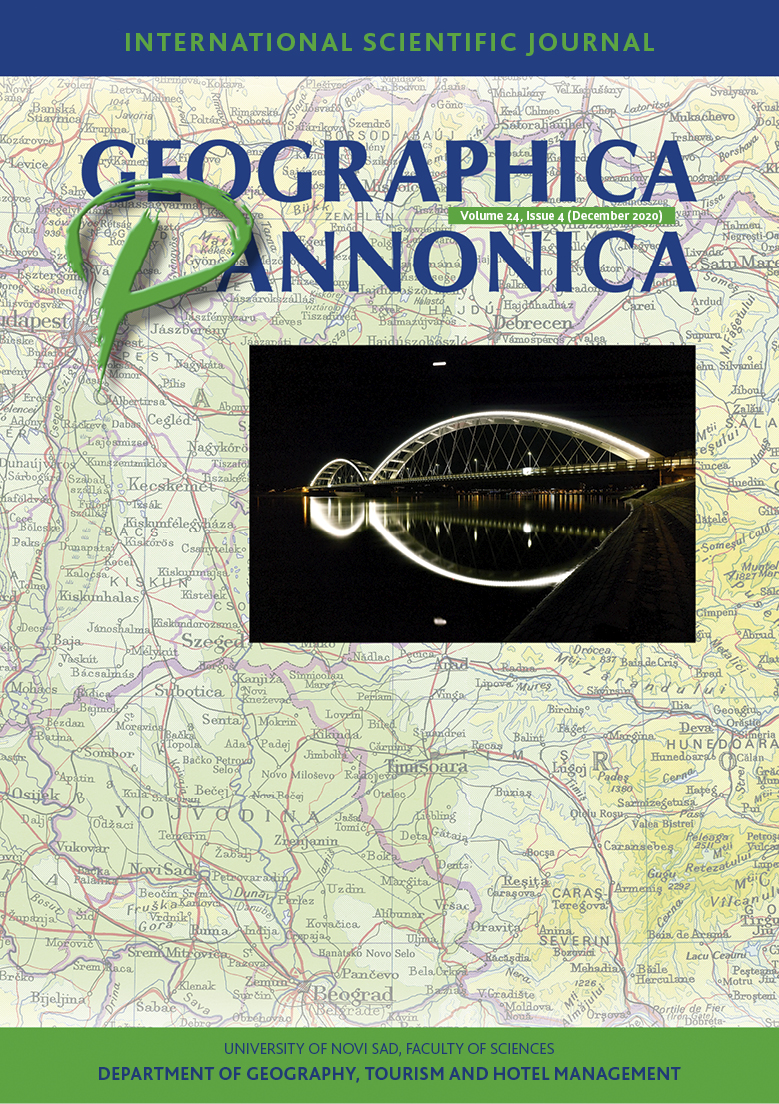The The Covariability of Sea Surface Temperature and MAM Rainfall on East Africa Using Singular Value Decomposition Analysis
Abstract
The study assesses the covariability of Sea Surface Temperature (SST) and March to May (MAM) rainfall variability on East Africa (EA) from 1981 to 2018. Singular Value Decomposition (SVD) analysis reveals the significant influence of SST anomalies on MAM rainfall, with covariability of 91%, 88.61%, and 82.9% for Indian, Atlantic, and the Pacific Ocean, respectively. The Indian Ocean explains the variability of rainfall to the large extent followed by the Atlantic Ocean and the Pacific Ocean. The rainfall patterns over the EA correspond to SST variability over the western, central, and eastern Indian Ocean. Likewise, the variability of SST anomalies was observed over the central, south, and north of the Atlantic Ocean while the Pacific Ocean captured the El Nino Modoki (ENSO) like pattern in the SVD1 (SVD2). The heterogeneous correlation of Indian SST anomalies and rainfall over EA of the first (second) principal component (PC) shows a positive correlation over much of the domain (central region). The SST anomalies over the Pacific Ocean show higher correlation values with the rainfall over much of the study domain except over the southwestern highland and southern region of Tanzania. Over the Atlantic Ocean, the correlation result shows the patterns of positive (negative) values over the northern (southern) part for PC1, while PC2 depicts negative correlation values over much of the Ocean. SST anomalies over the Indian (Atlantic) Ocean are highly correlated with MAM rainfall when SST leads by 1(7) month(s). The Pacific Ocean shows a weak (strong) correlation across all (zero) lead seasons.

